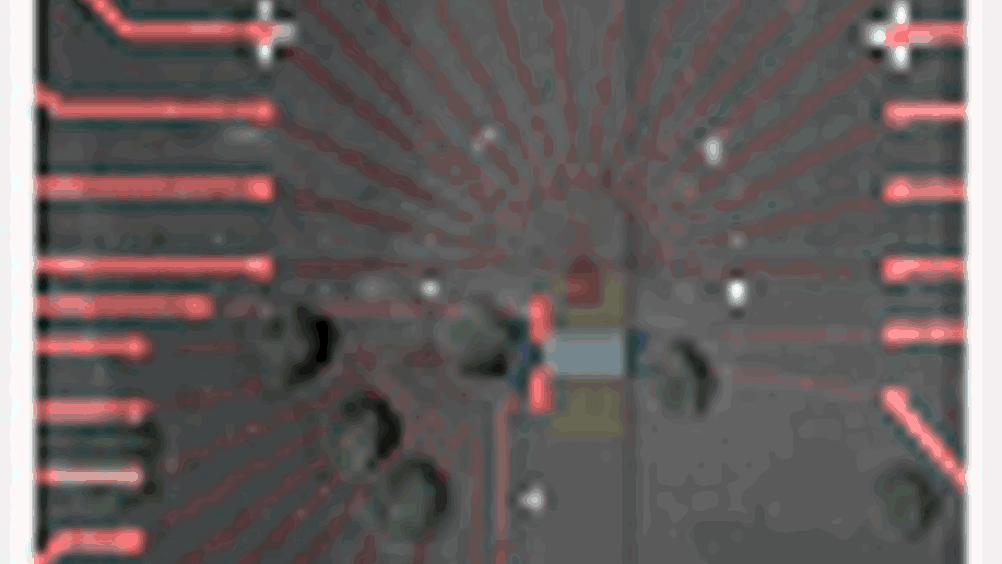Blood cell-size computer memory

The accomplishment represents an important step toward the creation of molecular computers that are much smaller and could be more powerful than today's silicon-based computers.
‘Using molecular components for memory or computation or to replace other electronic components holds tremendous promise,’ said J. Fraser Stoddart, who holds the chair in Nanosystems Science at UCLA and is director of the California NanoSystems Institute.
The 160,000 bits are arranged like a large noughts and crosses grid. 400 silicon wires are crossed by 400 titanium wires, each 16 nanometres wide, with a layer of dumbbell-shaped molecular switches sandwiched between the crossing wires.
‘This research is one of the only examples of building large molecular memory in a chip at an extremely high density, testing it, and working in an architecture that is practical, where it is obvious how information can be written and read,’ Stoddart said.
Register now to continue reading
Thanks for visiting The Engineer. You’ve now reached your monthly limit of news stories. Register for free to unlock unlimited access to all of our news coverage, as well as premium content including opinion, in-depth features and special reports.
Benefits of registering
-
In-depth insights and coverage of key emerging trends
-
Unrestricted access to special reports throughout the year
-
Daily technology news delivered straight to your inbox










Water Sector Talent Exodus Could Cripple The Sector
Maybe if things are essential for the running of a country and we want to pay a fair price we should be running these utilities on a not for profit...